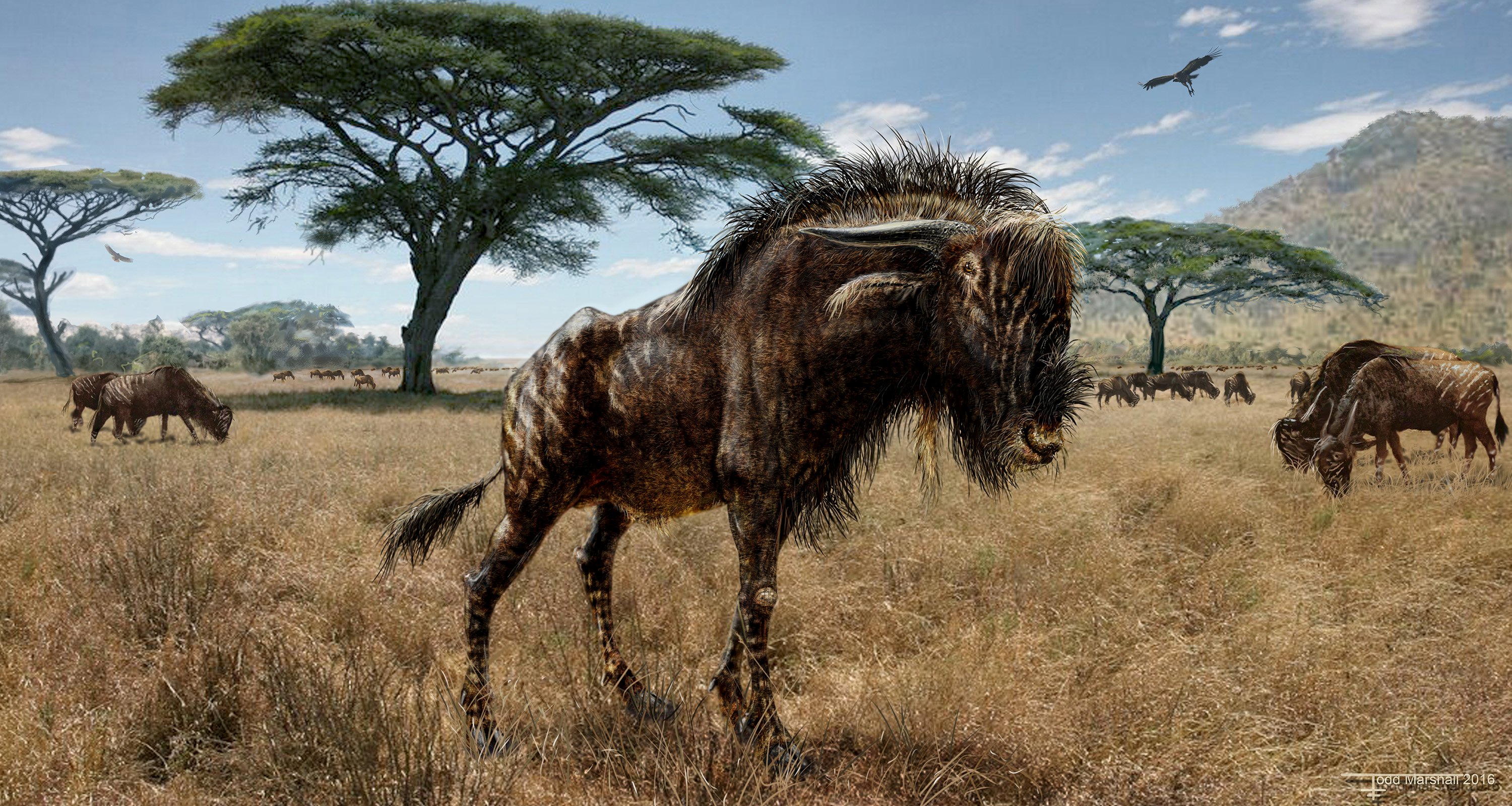In an ancient streambed on Kenya's Rusinga Island, scientists have unearthed fossils of a wildebeest-like creature named Rusingoryx that boasted a weird nasal structure more befitting of a dinosaur than a mammal.
Researchers said on Thursday the crescent-shaped protrusion atop the head of Rusingoryx, which roamed Africa's savannas tens of thousands of years ago, was unlike any other mammal, past or present. Instead, it resembled the head crests of a group of duck-billed dinosaurs called hadrosaurs.
The hollow structure may have enabled the horned, hoofed grass-eater to produce a low trumpeting sound to communicate over long distances with others in its herd, Ohio University paleontologist Haley O'Brien said.

















With your current subscription plan you can comment on stories. However, before writing your first comment, please create a display name in the Profile section of your subscriber account page.